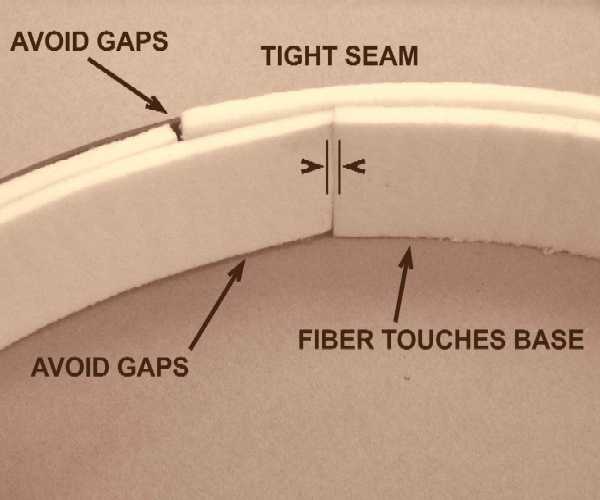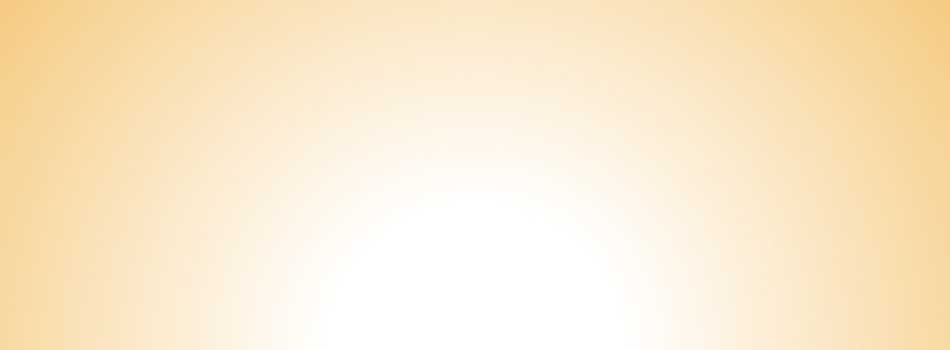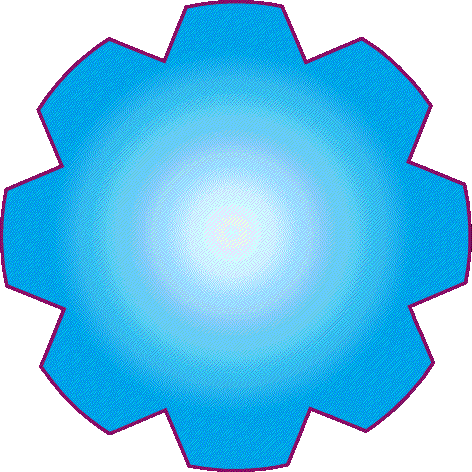Ceramic fiber serves three purposes
Ceramic fiber (sometimes called “fiber paper”) is a felt-like refractory made from spun alumina and silica fibers. The fiber we use is rated for use up to 2150ºF (1176ºC), and comes in a variety of thicknesses from paper-thin up to 1/4”. It is easily cut to shape using scissors or a razor knife. Eighth-inch fiber is most often used for ShapeCasters.
Fiber serves three purposes:
First, it closes the shape. Unless you’re casting into a Circle, your shape will be made up of a collection of metal parts. Fiber acts as the container for the glass, holding the shape when the glass can flow.
Second, fiber protects the metal of your ShapeCasters from coming in contact with molten glass. Hot glass will stick to metal, making a mess and possibly ruining your casting and the ShapeCasters.
Last, fiber acts as a cushion between metal and glass, making up for differences in the Coefficient of Expansion (COE) of the glass and metal. If you don’t use enough fiber inside a Circle, it won’t hurt your casting, but the Circle may be slightly stretched afterwards. A single layer of 1/8th inch fiber is adequate for Circles under #10; two layers works well for larger Circles. When casting outside a Circle (making voids,) a single fiber layer is usually sufficient for all sizes.

Some usage tips:
Make sure your seams are tight where fiber comes together. When using two or more layers, stagger the seams to further prevent leakage.
Make sure the fiber goes all the way down to your kiln shelf or base layer, all the way around the shape. Molten glass can creep under a fiber layer anywhere the layer doesn’t touch down.
Avoid placing glass in a way that might allow it to fall outside the fiber during casting and come in contact with the metal.
If you’re working deep, know how much glass you’re using, and don’t put more into the form than will fill the fiber ring, to prevent it from spilling over the top.
New fiber vs. old
New fiber is dense and fairly stiff; it holds together well and provides crisp edges, but sometimes can be more difficult to form around surfaces. Wetting it with a light water spray will make it conform more easily. Used to line the inside of a Circle, new fiber is often stiff enough to stay in place without gluing. You will always need glue when usingit on the outside of a circle; allow extra time to assure the glue sets.
Firing ceramic fiber for the first time changes its character. Used fiber makes softer edges and conforms more readily to surfaces, but breaks apart more easily and creates more dust. Used fiber should always be glued to hold it in place, and make sure you remove any glass bits that remain in the fiber, especially if you work with different (incompatible) glass types. With care in handling you get a multiple re-uses from your fiber.
Safety issues
You need to be aware of some safety issues associated with using ceramic fiber:
SKIN IRRITANT – ceramic fiber can cause skin irritation after contact, much like fiberglass insulation. Care should be used in handling it; use of gloves is a good practice.
DUST HAZARD – handling fiber, especially used fiber creates dust that is potentially hazardous if inhaled.
- Make sure your work environment is properly ventilated.
- Use of an N95 or better dust mask is advisable. For prolonged exposure use a respirator.
- Be extra careful when handling used fiber; it breaks up very easily, and can create large amounts of dust.
- Keep a separate shirt or apron for working with fiber if you use it a lot, or change into different clothes afterward.
If you or your environment are especially sensitive to dust, place your finished FULLY COOL casting in a shallow pan of water, and remove the fiber in the water. This destroys the fiber, but leaves your workspace free of dust.


